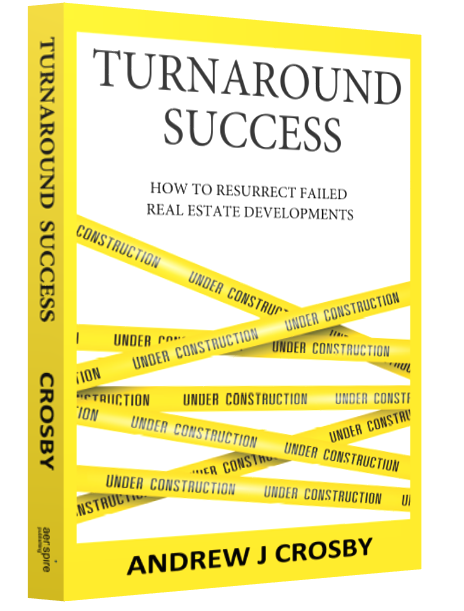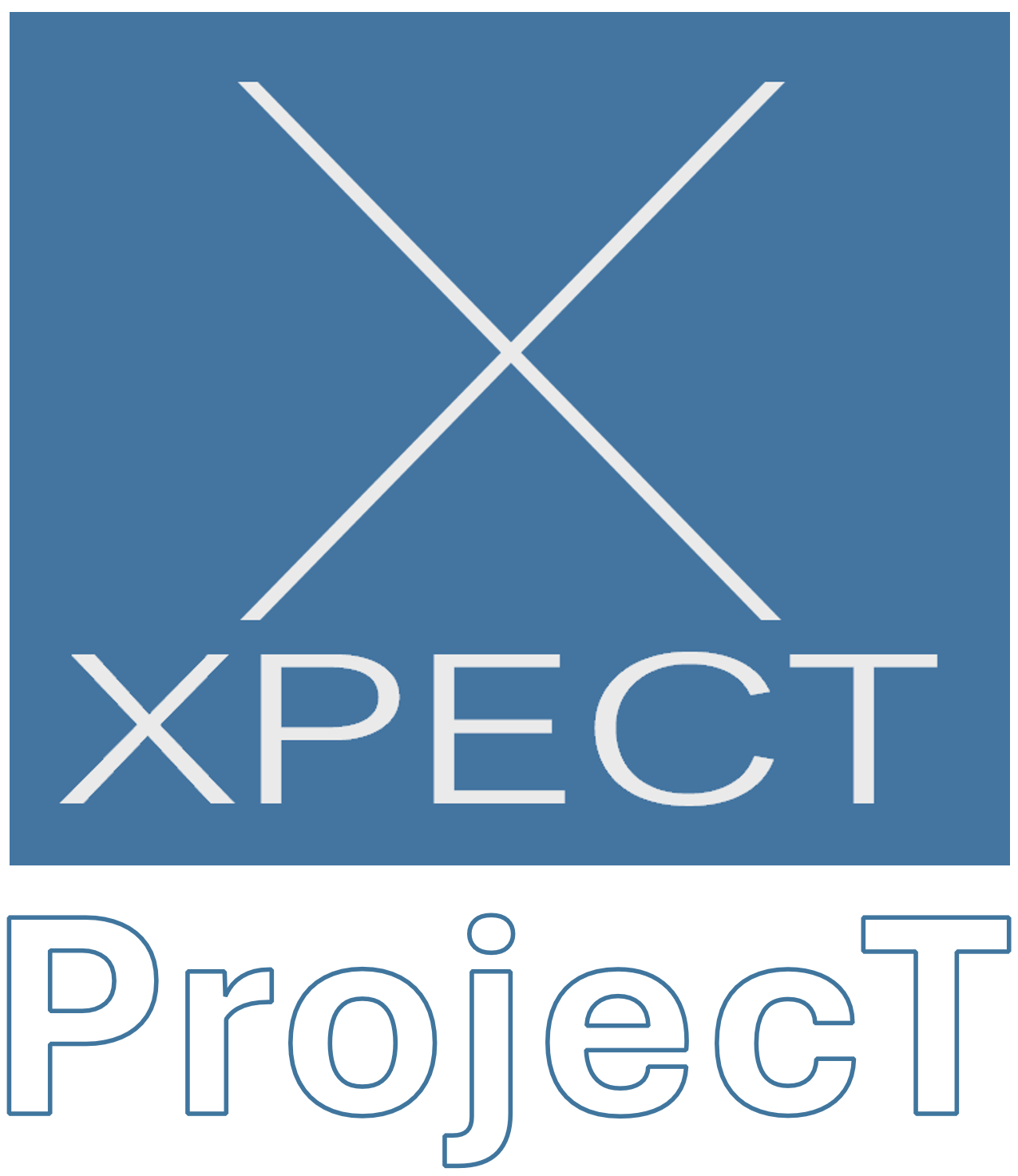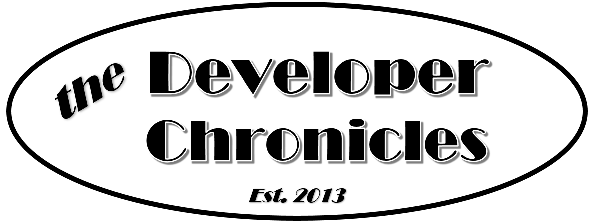Marketing property developments is all about creativity and creative type people. Turtle neck collars, a lot of black clothing and brightly coloured socks (or stockings). But we can break project marketing down to three core elements: creative, collateral and production. Each of which we consider for in-housing or outsourcing by assessing quality, ingenuity and the budget.
Creative
Consider just how creative you have to be on your project. What if you are trying to sell super luxury waterfront condos to a very discerning buyer in anything but a super-hot market and this is your first time doing so?[1] Outsourcing to an aloof high street creative agency, experienced in this market, is probably the best option. On the other hand, what if you are marketing an industrial warehouse complex? You probably don’t need such expensive talent. If you intend to use a large real estate agency they may have their own in-house marketing team. Their creative ability needs to be weighed up. Are they proficient at creating physical as well as digital strategies? Do you still need to engage other external marketing agencies? Or do you have existing staff that handle this project in-house.
When kickstarting a failed project, the creative side is probably not something to try and save money on by in-housing — unless marketing is your existing organization’s forte.
Collateral Design & Management
Collateral is a different matter. Collateral is all the brochures, plans, advertisements and marketing materials you might have in a show home or display suite. It also includes websites, social media, online distribution channels and the ‘doing’ part of any digital strategy (banner adverts, key words etc). Whilst specialist designers are required, they don’t need to be super-creative — as the conceptual work is already done. External marketing agencies can make a lot of money by producing this work. This is because it is typically the lower paid staff that do all the work, once the creative flavor has been delivered. You might be paying senior executive rates for work a junior is undertaking. In addition, the lack of control can be stifling and expensive. Often you are marketing developments while details are still in flux. There are changes from the architect, required by council or recommended by sales and leasing agents. Each time you make a change, the marketing collateral must be updated. That means more rework and fees from the creative agency. It can also mean waiting for them to schedule it in, especially if they are not exclusively tied to your project. There are flow-on effects if they are managing production and due to changes communication breaks down. Printing a brochure that is no longer relevant is not a fun thing to pay for. Collateral design prepared by a real estate agency marketing department is often boilerplate (based on existing templates that do as much to advertise the agency as the project). If that’s not what your project needs, then withdraw collateral design and coordination from their services.
Collateral design and coordination are easily in-housed. It’s often as simple as hiring a young, energetic graphic designer on a full time or part time basis. Just having them at your disposal is invaluable to make swift changes. This is all the more important for a project where you expect a bit of marketing trial and error to get across the finish line.
Production
Production includes the output of collateral design and all the printing, delivery, and installation of everything from brochures to signage. This is almost always best left as outsourced. You can easily tender the work and it is usually a competitive environment — lots of printing companies. Production involves expensive equipment and, unless you plan to start a printing business, not conducive to in-housing on a particular project. However, project management and coordination of the print company can be easily in-housed. It might be the same graphic designer that you hired, a junior project manager or on simple projects left to the sales and leasing team to manage.
Marketing Budget Forensic Analysis
Of course, the ease of in-housing something versus outsourcing also depends on the cost. Ask “what is the cost differential of in-housing versus outsourcing?” This is where you take a microscope to the existing marketing budget.[2]
Look at every line item. Understand the deliverables behind every line item. Make sure all costs are broken down into line items. This is so you can accurately determine what each deliverable is currently costing you. And you can use that to compare the in-house cost of delivering that same item (staff costs multiplied by hours required) to outsourced fees. Often an external marketing agency will provide a broad-brush quote without breaking down the cost of individual elements. This makes it difficult to work out the true cost behind each item, or even exactly what items are going to be delivered. If several deliverables are agglomerated into the same category, then break them down. For example, rather than design services for marketing collateral, have it broken down into signage, adverts and brochures.
Take it further and extract out the per unit cost. For example, if the total advert design spend is $200,000 across 100 apartments, then you have a $2,000 per unit advert design spend. You can now adjust and compare costs independent of the size of the project. Note any cost that has a fixed component. For example, the $200,000 might represent $100,000 of design that is required regardless if you are selling one apartment or 100. The remaining $100,000 is a variable cost of $1,000 per unit. Consider volume pricing; for example, if there are less than 50 units, the variable cost per unit may be $1,200. Also ensure any admin and project management time is decoupled from deliverables and provided as an hourly or daily rate.
This specificity allows you to more accurately evaluate the costs the project was currently being charged or incurring. Now you can ask other suppliers (of comparable quality and creativity) to quote services on a per unit/per category basis plus itemize project management and administration. That will make it easier to identify pricing gaps where the current supplier has become laissez-faire with the account and over the years upped the charge-out rate. Or it allows you to substantiate that an existing supplier is close enough to market rates not to bother pursuing alternative suppliers further.
The larger the deficit gap between an outsourced marketing spend and alternative suppliers will indicate a higher potential to in-source. This is because this alternative supplier is still making a margin to do the work, and this is a margin you can grab whilst now knowing they must be able to hire staff and pay other costs to complete the task (once again quality and creativity controlled).
To figure out the per unit cost of doing this work in-house it’s a matter of working through these three questions:
- How long does each deliverable take to complete?
- How many units of that deliverable can be completed in a work day/week or month (whatever is most relevant)?
- How much does that person cost in wages, salary, bonus, perks and other remuneration requirements for that period of time?
Dividing 3 by 2 gives us a raw per unit in-house cost. Then you need to address the following questions and cost accordingly:
- Do you need a specialist, or can a generalist do the job?
- Can you easily hire these people in your market? What if the first one quits?
- What ongoing training and systems will they require?
- How productive can they be at your organization, where they are just one of many different others, compared to a marketing agency where everyone lives this work?
- What administrative overhead will they attract? Do you have space? Can they work from home/alternative workspaces?
- Do you have enough work to keep them productively employed?
- Can their employment be tied to the duration of the project?
- Are there hidden deliverables that have not been accounted for? For example, what management resource will they require?
- Will there be a period where essentially you are paying for an employee concurrently with an outside supplier while the employee gets up to speed?
With costs determined you can finally compare in-housing versus outsourcing marketing. The decision requires a few final considerations:
- What is the actual proposed financial saving? Is it significant enough to make a change?
- Will production, lead times, delivery times or deadlines suffer?
- Will sorting out in-housing distract management from the greater task — is it a battle for another day?
[1] You know, when properties literally sell themselves.
[2] If it doesn’t exist, then create a detailed breakdown of the existing marketing budget.

Download Xpect 2 Connect profile + references for your next recruitment
http://aenspire.com/xpect/xpect2connect.pdf

Buy the book from Amazon: https://www.amazon.com/dp/1790590884?

Contact Xpect Property for outsourced or contractual project management services. http://www.xpectproperty.com
